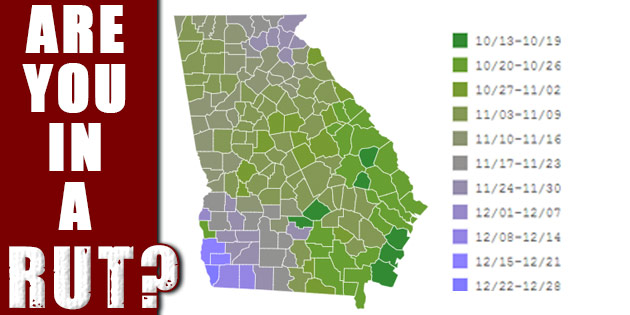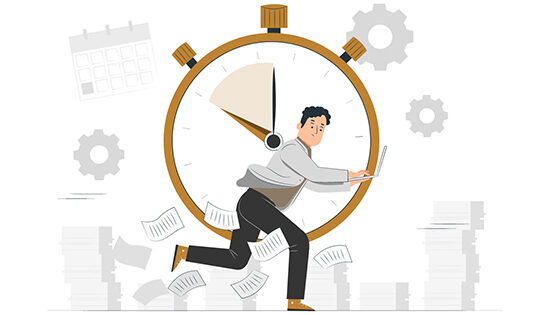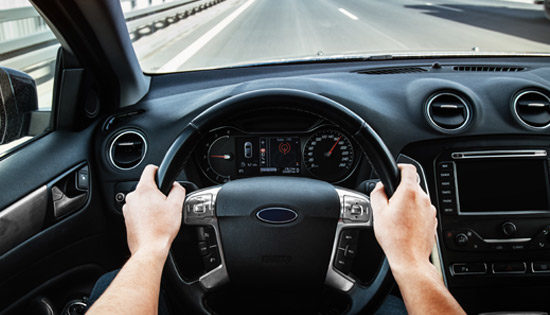By Jonathan Frazier
Tension builds early in the morning as a parent takes her kids to school. It’s cool out, and Billy won’t give Sally the hair brush. Mom shouts to the back, “Don’t make me stop this car!” As if on cue, a 250-pound buck jumps in the street. We’ve all been there. Why is the risk of deer-car collision increased during the fall?
The Georgia Department of Natural Resources points to two key reasons for heightened deer activity during the fall:
- Mating Season
- Time Change
During their mating season, male deer are in a rut, literally! The “rut” (breeding season) last from October to December, and instinctively encourages the male deer to search for a mate thoroughly. This thorough search may lead them between your headlights if not cautious. The map below indicates white-tailed deer rut dates in different counties. The likely rut for Lowndes’ deer falls between November 3 and 9.
Unlike humans, deer have no regard for time change. When our clocks fall back an hour, dawn and dusk become the new rush hours. Year round, deer make those to time periods their “rush through the street” hours!
What can be done to prevent accidents despite higher risk?
- Be cautious even if the deer seems idle or far off.
- Don’t assume one deer having passed means the coast is clear. They often travel in packs!
- Watch the roadsides. GDNR says, ” Road shoulders generally provide beneficial food plants”.
- Slow down! If a deer crosses your path, you’ll be more likely to react calmly if you’re driving slower.
Has your car been victimized by a deer? What tips have you found useful to prevent deer-car collisions? Let us know in the comments below!












